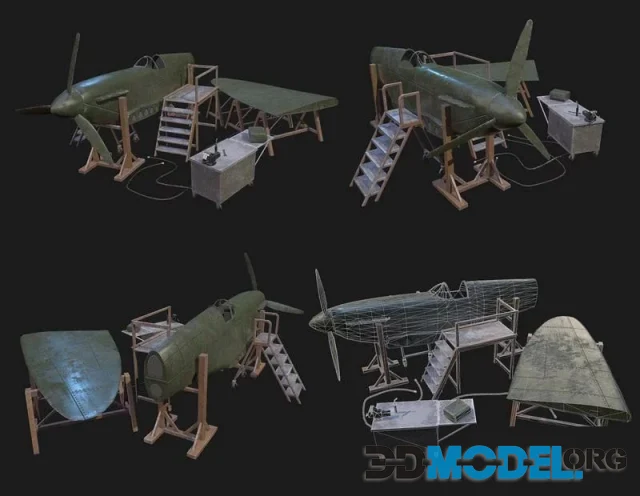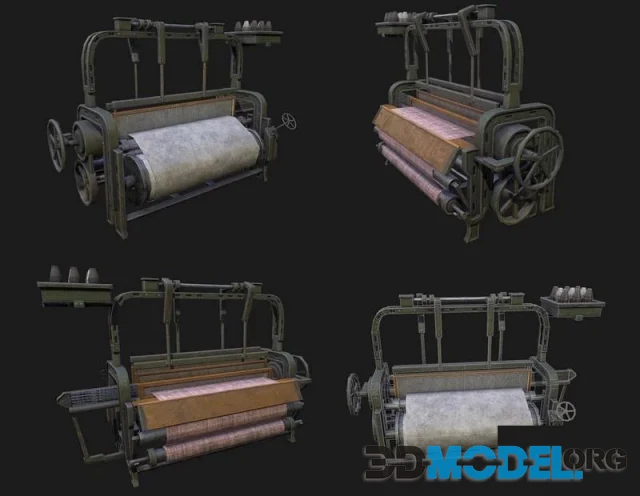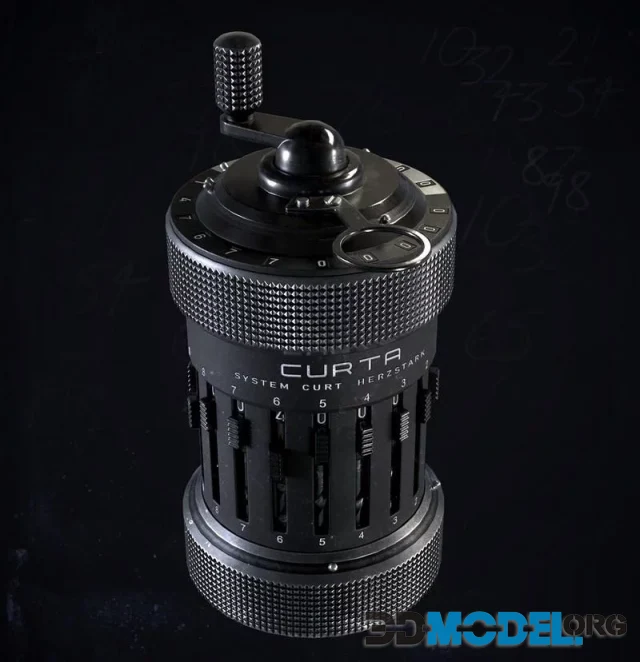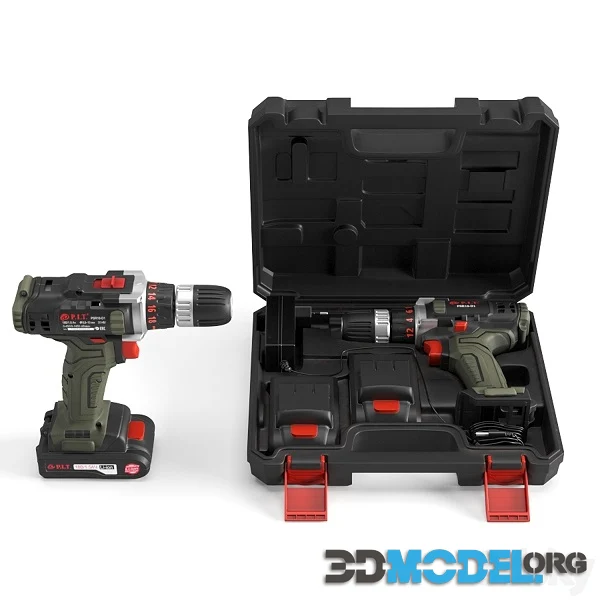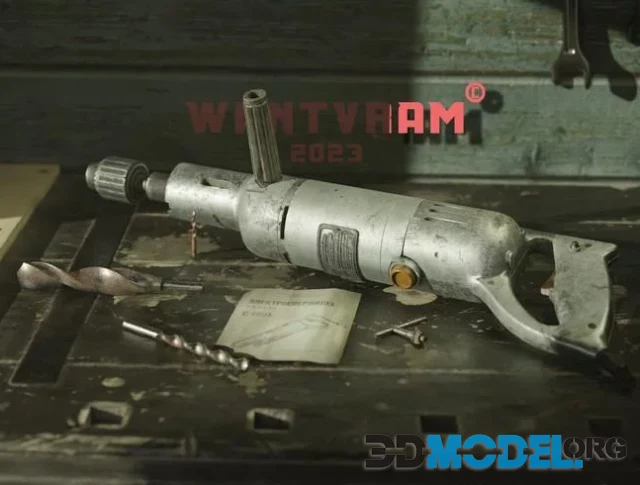World War II Lathe (PBR)
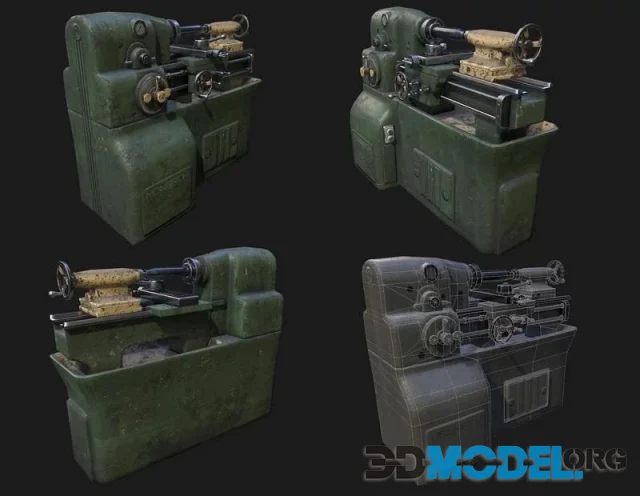
Machine tools were essential in the production of airplanes, tanks, guns and more during World War II. They could grind, bore, shape or mold metals for use in aircraft or tanks.
In the late 17th century, British inventor Henry Maudslay created a thread-cutting lathe using a screw and polished rod - this served as an early prototype for today's lathe, powered by steam engine.
In the 1940s, factories across America began retooling for war production. Machinists and tool-and-die workers searched for replacement surface plates for their machines but found steel difficult to come by and cast iron even harder to come by. Ultimately, replacement surface plates for their machines proved unreliable due to war production demands.
But with some creativity and ingenuity, they were able to find workarounds for their machines. One machinist even connected with a sculptor who worked with tombstones and asked him to create an extremely flat tombstone as a replacement surface plate.
This repurposed tombstone proved invaluable to machinists, aiding them in crafting more precise machines. It marked an important turning point in their profession's development.
Years later, in the 1970s, a company in China invented a machine that revolutionized turning. Their X53K1 lathe was the first of its kind worldwide and marked the transition of Chinese machine industry from manual to automated production.
GameReady 3d-model for any projects.
File type: MAX, FBX, OBJ
Ctrl
Enter
Noticed a misTake
Highlight text and press Ctrl+EnterRelated news:
Comments (0)

